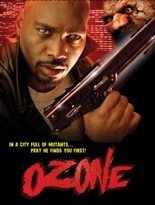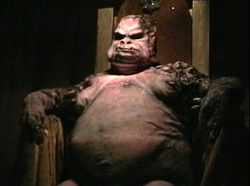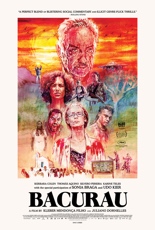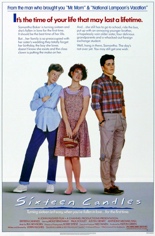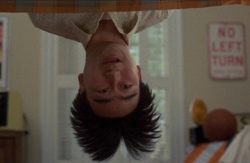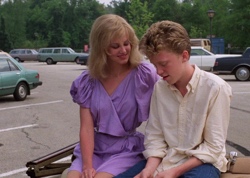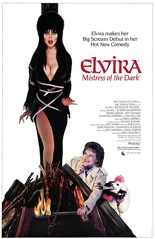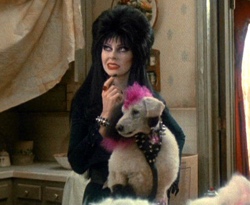
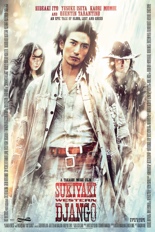 Takashi Miike (Audition) has always been an extremely divisive filmmaker, so it makes sense this ramen Western’s opening scene features Quentin Tarantino — America’s own cinematically disruptive director — gutting a raw egg fresh out of the belly of a snake before gunning down a few overacting varmints.
Takashi Miike (Audition) has always been an extremely divisive filmmaker, so it makes sense this ramen Western’s opening scene features Quentin Tarantino — America’s own cinematically disruptive director — gutting a raw egg fresh out of the belly of a snake before gunning down a few overacting varmints.
And even though this whole introduction does little for the rest of the film, it does provide a red-stained and sin-staged sense of Japanese theatrical weirdness that anyone with the drawn-out wherewithal will experience over the next 98 or so minutes, Gatling gun and all.
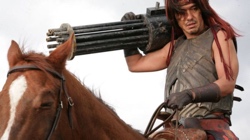 A cynical homage to Sergio Corbucci’s Django — and the many nameless spaghetti flicks that came before it, as well as their Japanese originals — Sukiyaki Western Django stars Hideaki Ito as the nameless gunman who wanders into a small Nevada town ruled by two gangs: the white-clad Genji and the red-emblazoned Heike, both obsessed with the area’s gold and the power it brings.
A cynical homage to Sergio Corbucci’s Django — and the many nameless spaghetti flicks that came before it, as well as their Japanese originals — Sukiyaki Western Django stars Hideaki Ito as the nameless gunman who wanders into a small Nevada town ruled by two gangs: the white-clad Genji and the red-emblazoned Heike, both obsessed with the area’s gold and the power it brings.
Both sides want the expert marksman for their own purposes, but he’s playing them for his own vengeful needs and purposes, with Miike borrowing from the best of Western flicks and samurai films to tell his head wound of a tale. As you could guess, it all explodes in an extended final battle that practically tears the town to bloody shreds, save for a little boy who becomes … Django.
The only thing about this film is you have to have a bit of cooled patience to get to that bombastic ending. At times, Sukiyaki can drag itself down under the pitch-black weight of its own gory self-importance, but for me at least, that’s somewhat typical of many — and I do mean many — of Miike’s films. But here, it really seems more deserved than others. —Louis Fowler


